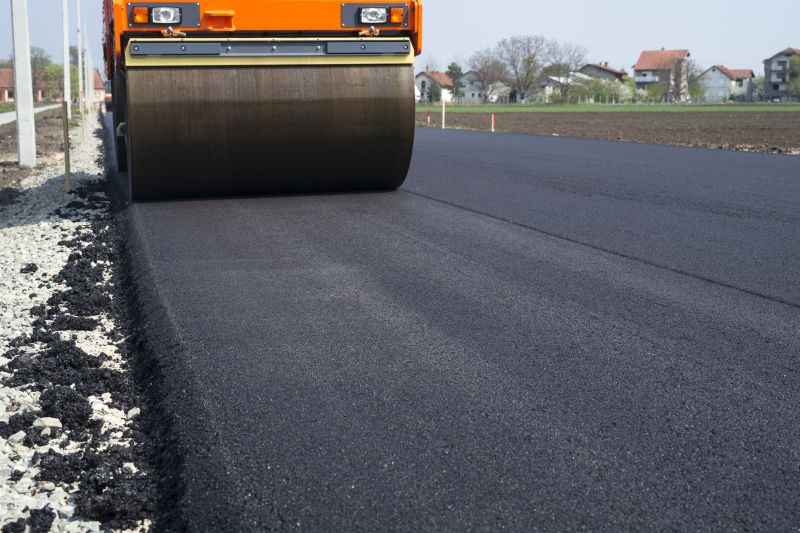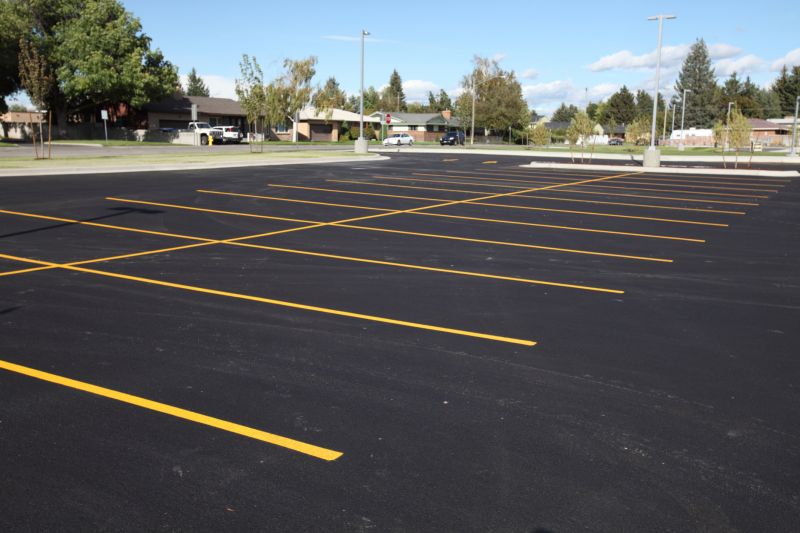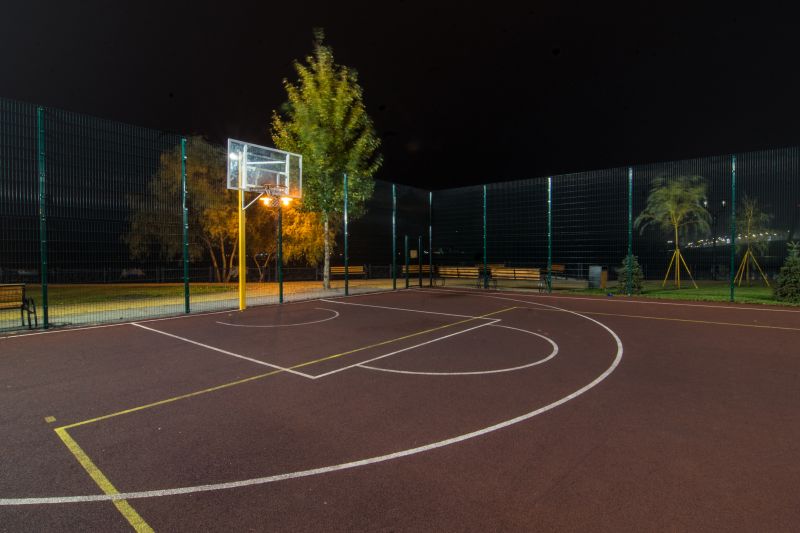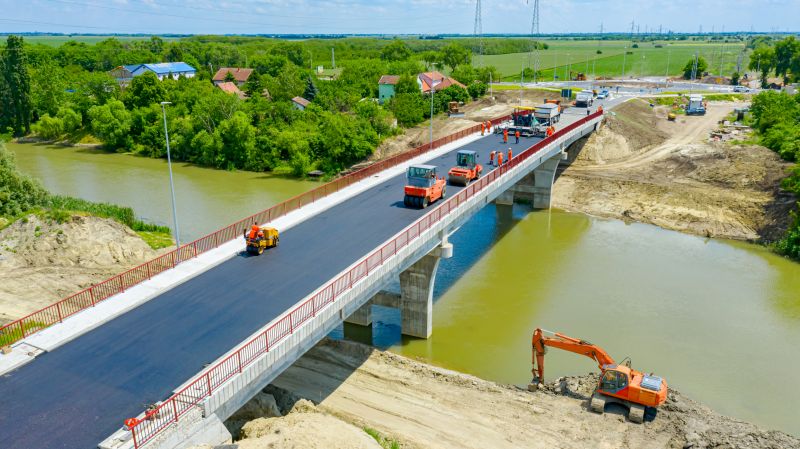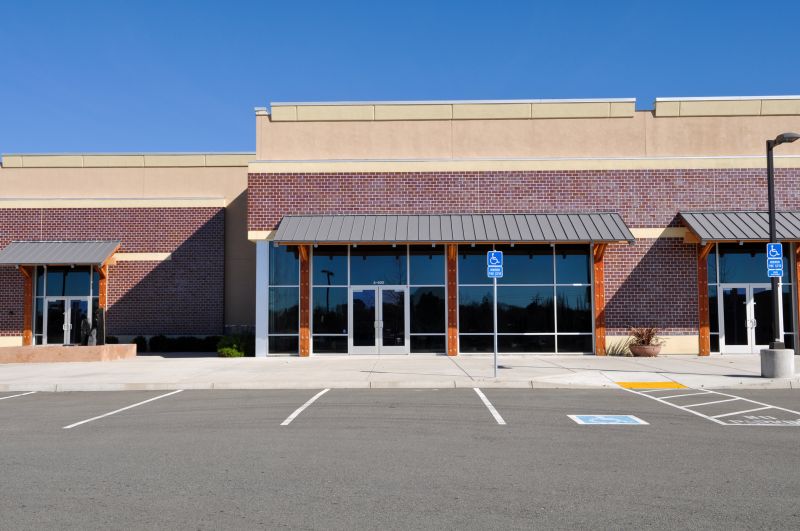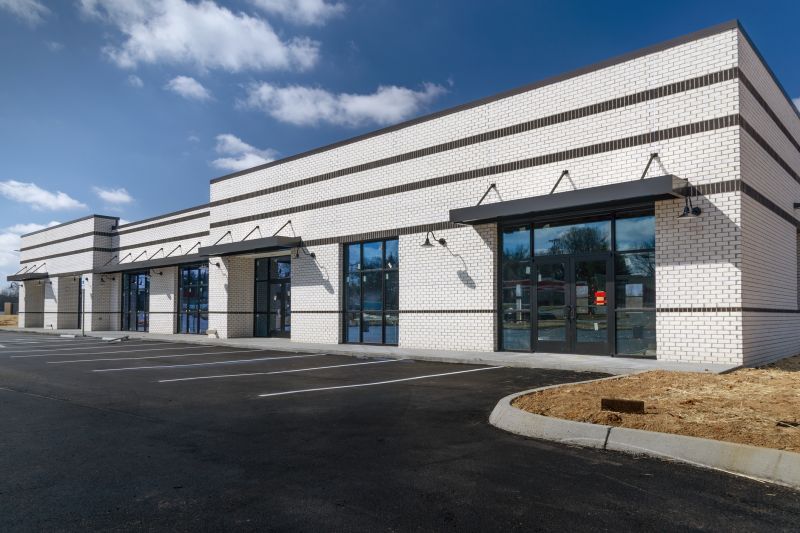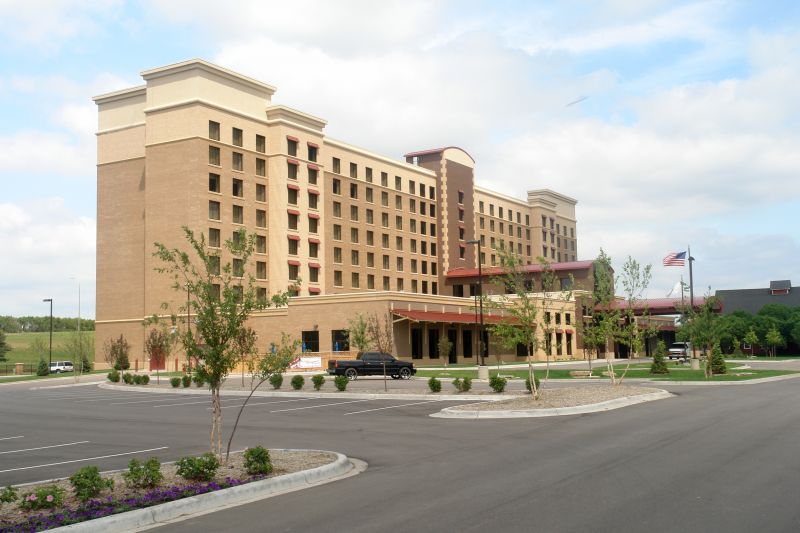Apartment Complex Paving | How To
How to Do Apartment Complex Paving
Step 1: Assess the Area
Prior to starting the paving project, thoroughly assess the apartment complex area that needs to be paved. Take note of any cracks, potholes, or uneven surfaces that may require repair or leveling before proceeding.
Step 2: Clear the Area
Clear the area of any debris, such as rocks, dirt, or vegetation. Use a broom, rake, or blower to ensure the surface is clean and ready for paving.
Step 3: Prepare the Base
Properly prepare the base by removing the existing pavement if necessary. If the existing pavement is in good condition, it can be used as a base for the new pavement. However, if it is damaged or uneven, it should be removed and replaced with a suitable base material, such as crushed stone or asphalt.
Step 4: Apply a Binder Layer
Apply a binder layer, also known as a base course, to provide stability and support to the pavement. This layer is typically made of a mixture of asphalt and aggregate. Use a paving machine or roller to evenly distribute and compact the binder layer.
Step 5: Install the Surface Layer
Once the binder layer is in place, it's time to install the surface layer. This layer is made of a finer mixture of asphalt and aggregate, giving the pavement its smooth and finished appearance. Again, use a paving machine or roller to ensure an even and compact surface.
Step 6: Compact and Seal
After the surface layer is installed, use a compactor or roller to further compact the pavement. This helps to eliminate any air pockets and ensures a solid and durable surface. Additionally, consider applying a sealant to protect the pavement from moisture, UV rays, and other elements that may cause damage.
Step 7: Allow for Proper Curing
Allow the newly paved area to cure for the recommended time. This typically involves restricting vehicle and foot traffic for a certain period to allow the pavement to harden and set properly.
Step 8: Maintain and Repair as Needed
Regularly inspect and maintain the paved area to prolong its lifespan. Fill any cracks or potholes that may develop over time and address any drainage issues promptly to prevent further damage.
By following these steps, you can successfully pave an apartment complex, creating a smooth and attractive surface for residents and visitors to enjoy.


